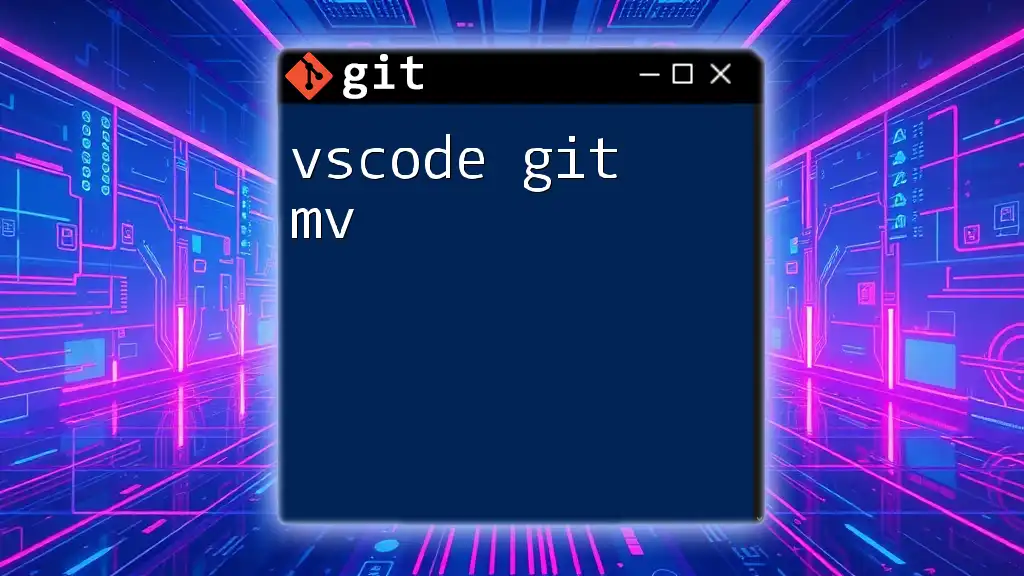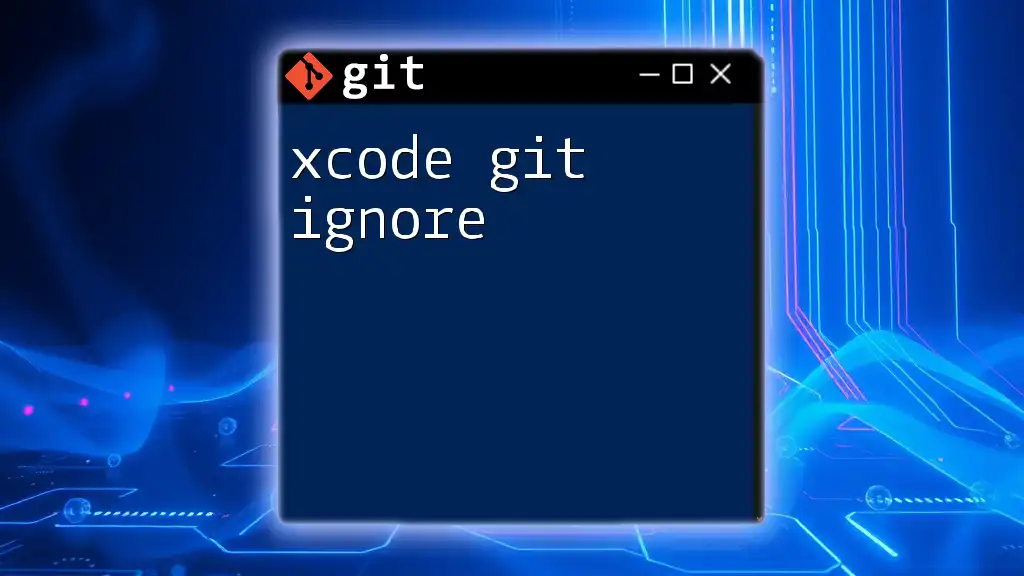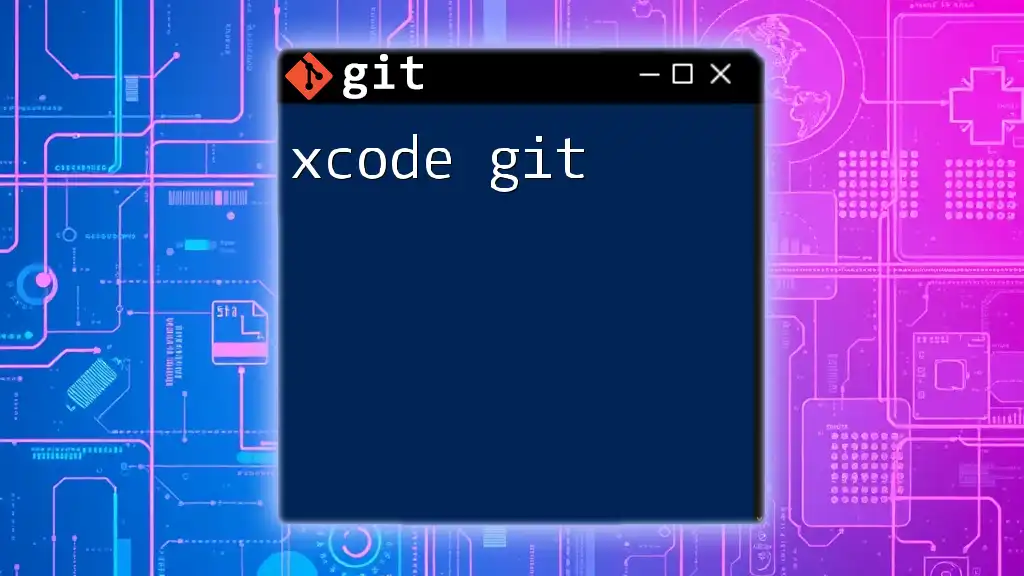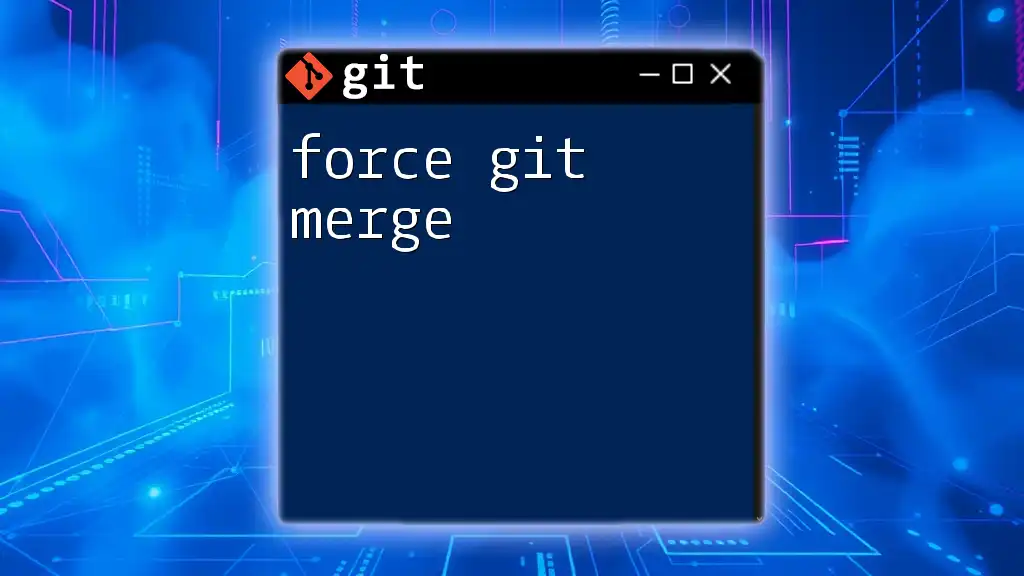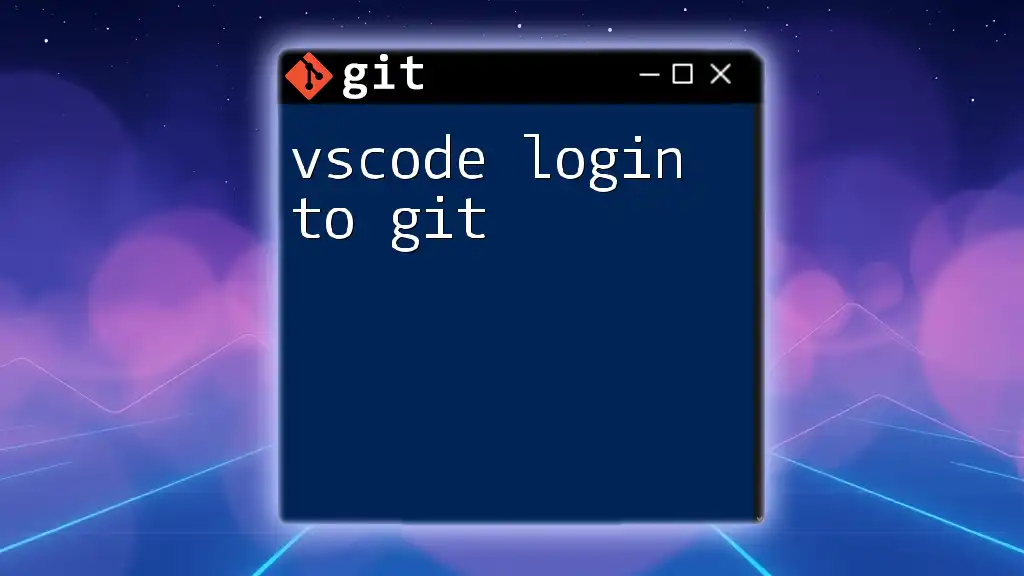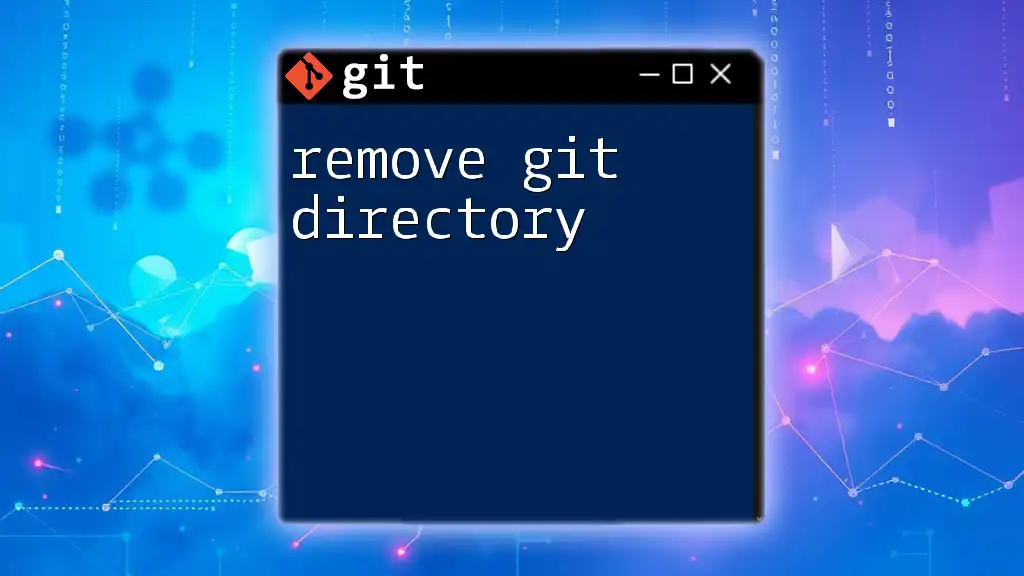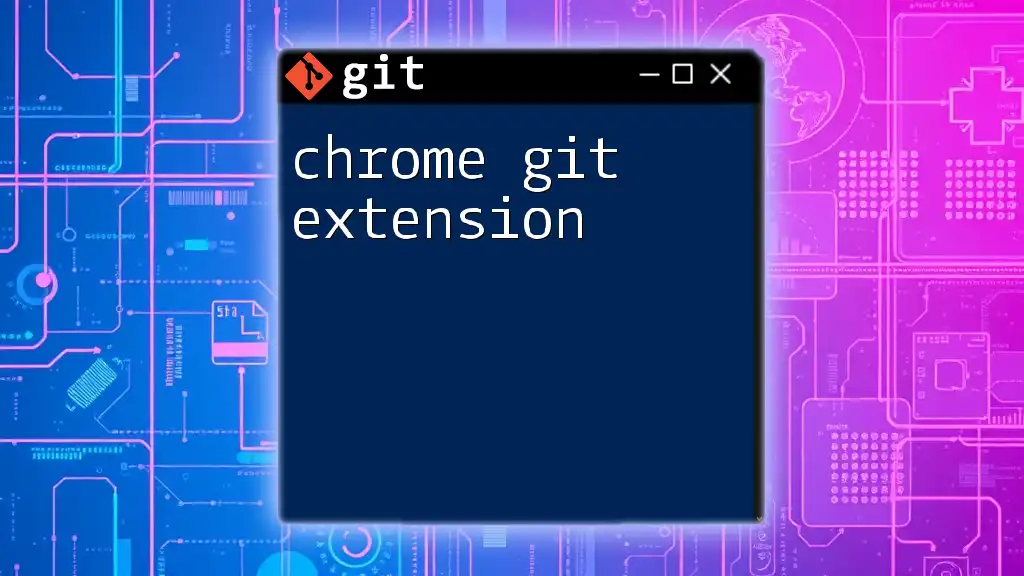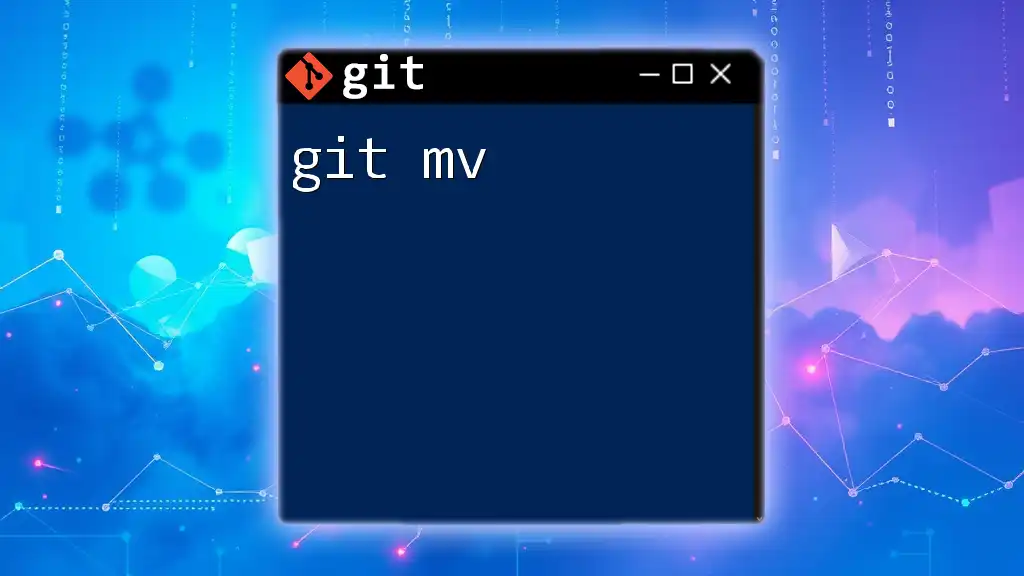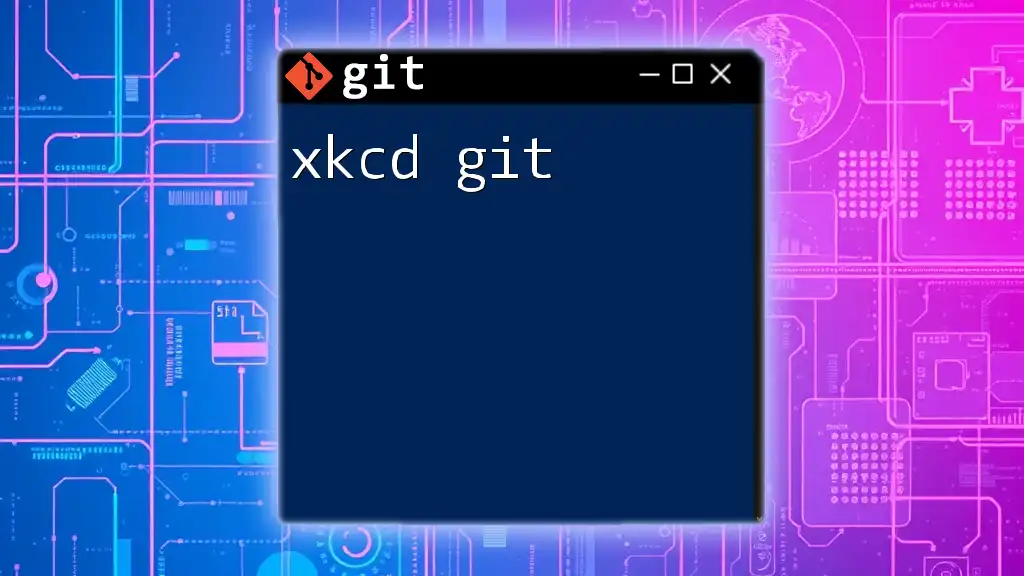The `git mv` command in Visual Studio Code allows you to move or rename files within your Git repository while automatically staging the changes for the next commit.
git mv old-filename.txt new-filename.txt
What is `git mv`?
The `git mv` command is a convenient way to rename or move files within a Git repository. Using this command not only modifies the file structure but also ensures that the history of the file is preserved. This is crucial in collaborative environments where tracking changes and maintaining a clean commit history is essential.
Using `git mv` instead of manually renaming or moving files offers significant advantages. For one, `git mv` informs Git of the changes directly, making it easier to track alterations in the file system. Manual methods may lead to loose ends when Git is unaware of the changes, causing potential headaches when reviewing history or collaborating with others.
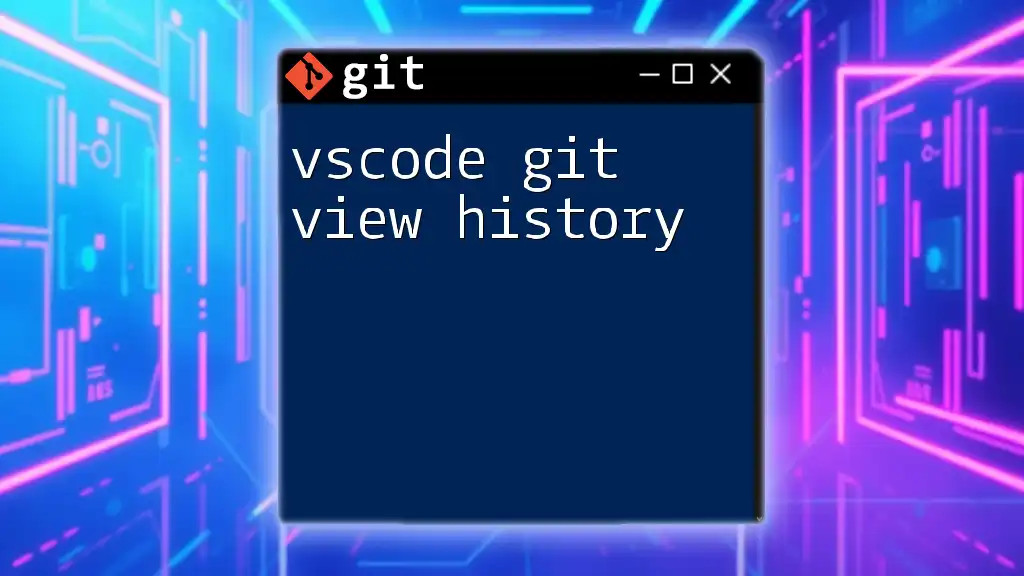
Setting Up VSCode for Git
Before diving into the `git mv` command, ensure you have Git properly installed and integrated with Visual Studio Code.
Installing Git
To begin, download and install Git from the official website. After installation, verify the setup:
git --version
This command should return the installed version of Git, confirming the installation was successful.
Integrating Git with VSCode
With Git installed, it’s time to set it up in VSCode. Open your terminal within VSCode by navigating to the menu and selecting `Terminal > New Terminal`.
To initialize a Git repository within your current project folder, execute:
git init
Your project is now ready for version control!
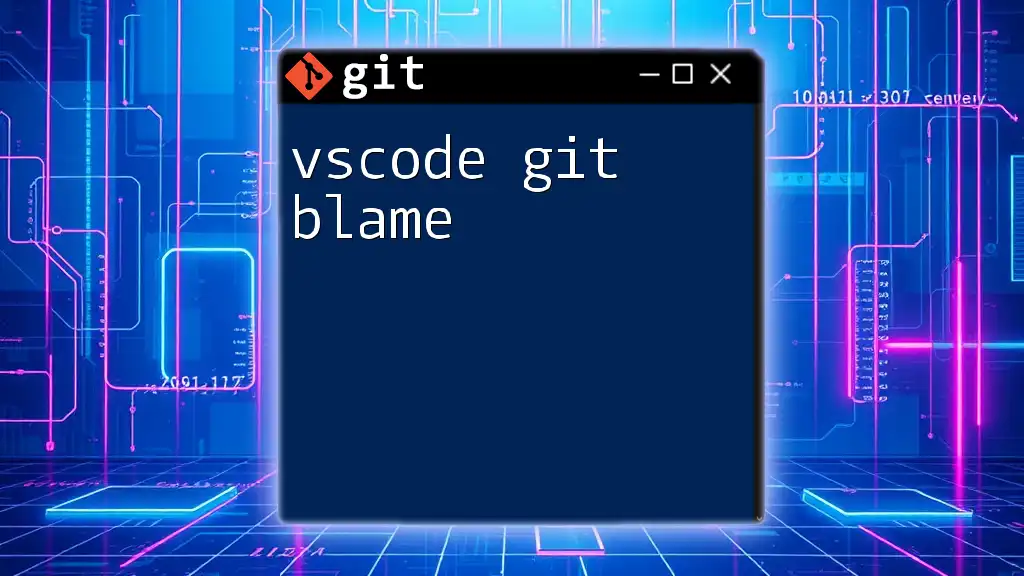
Using `git mv` in VSCode
Basic Syntax of `git mv`
The syntax to use `git mv` is straightforward but powerful. It follows this format:
git mv [old-filename] [new-filename]
This command takes two parameters: the current file name and the new file name.
Renaming a File
Let’s explore how to rename a single file effectively. For instance, if you have a file called `oldfile.txt` and wish to rename it to `newfile.txt`, simply execute:
git mv oldfile.txt newfile.txt
After executing this command, it’s important to verify the change. You can check the status of your Git repository by running:
git status
Git will display the changes, showing that `oldfile.txt` has been renamed to `newfile.txt`. This commit-ready state allows you to move gracefully to the next steps.
Moving a File to a Different Directory
In addition to renaming, `git mv` is also perfect for moving files to a different directory within your project. For example, if you want to move a file called `myFile.txt` to a folder named `new-directory`, the command would look like this:
git mv myFile.txt new-directory/myFile.txt
Once again, check the status to confirm that the change has been recognized by Git. This practice ensures that your project structure remains organized and clean.
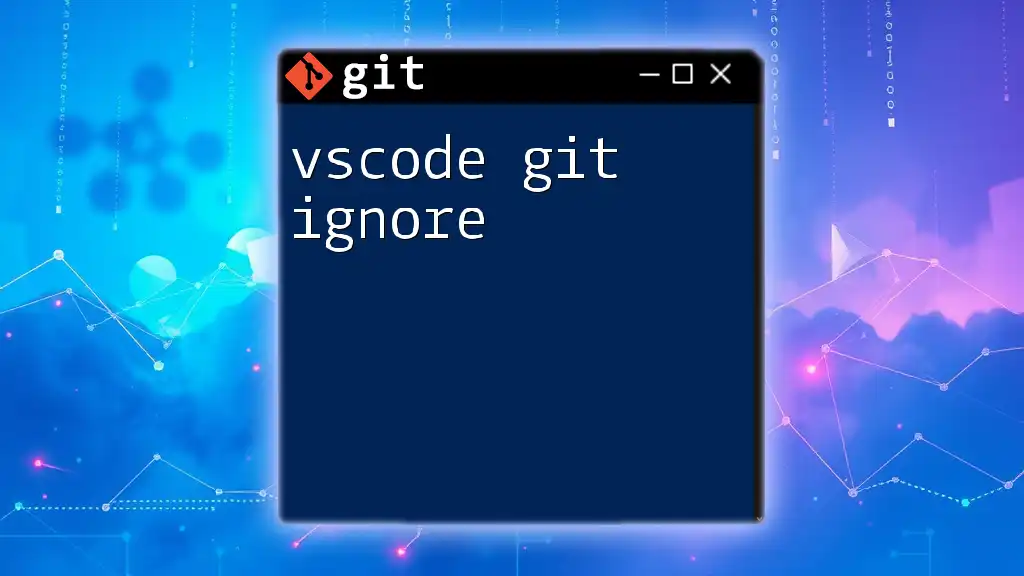
Common Scenarios for Using `git mv`
Bulk Renaming of Files
While `git mv` serves well for individual files, sometimes you may encounter a scenario necessitating bulk renaming. Utilizing patterns or even scripting tools (like `bash` or `Python`) can streamline this process. An example command using a loop in bash could look like this:
for file in *.txt; do git mv "$file" "new_prefix_$file"; done
This command would prepend `new_prefix_` to all `.txt` files in the directory.
Maintaining Project Organization
Effective project organization is crucial for long-term maintainability. Leveraging `git mv` can help categorize files logically according to your workflow. Creating directories for assets, documentation, or scripts ensures your repository remains user-friendly, aiding both you and any collaborators in navigating the project effectively.
Dealing with Merge Conflicts when Moving Files
Sometimes, when files are moved or renamed, especially during merges, conflicts may arise. Preventing these conflicts often comes down to communication and planning, but when they do occur, understanding how to resolve these issues is essential. If Git cannot automatically reconcile the differences, you will need to manually address the conflicts, deciding which version of the file to keep.
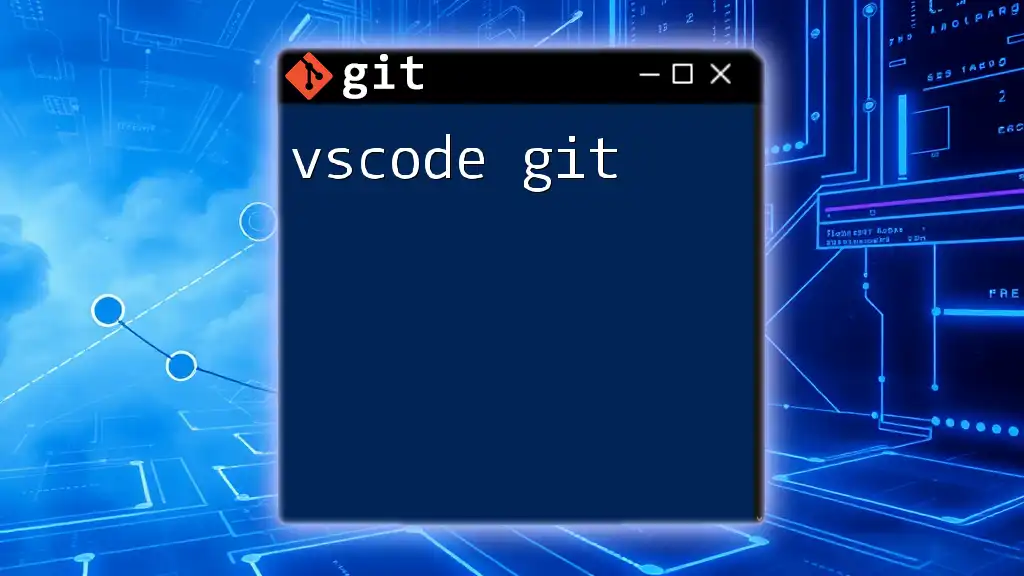
Visual Studio Code Shortcuts for Git Commands
Using Keyboard Shortcuts
VSCode supports several keyboard shortcuts to enhance productivity while using Git. Familiarizing yourself with these shortcuts can enable you to perform operations quickly and efficiently. Some useful shortcuts include:
- Commit Changes: `Ctrl + K, Ctrl + S` (for Windows)
- Open Source Control: `Ctrl + Shift + G`
Using the Command Palette
Another powerful feature in VSCode is the Command Palette, accessible with `Ctrl + Shift + P`. Typing `Git:` provides a list of Git commands, including options to commit changes, pull updates, or push changes to a remote repository. This feature allows for quick actions without needing to memorize commands.
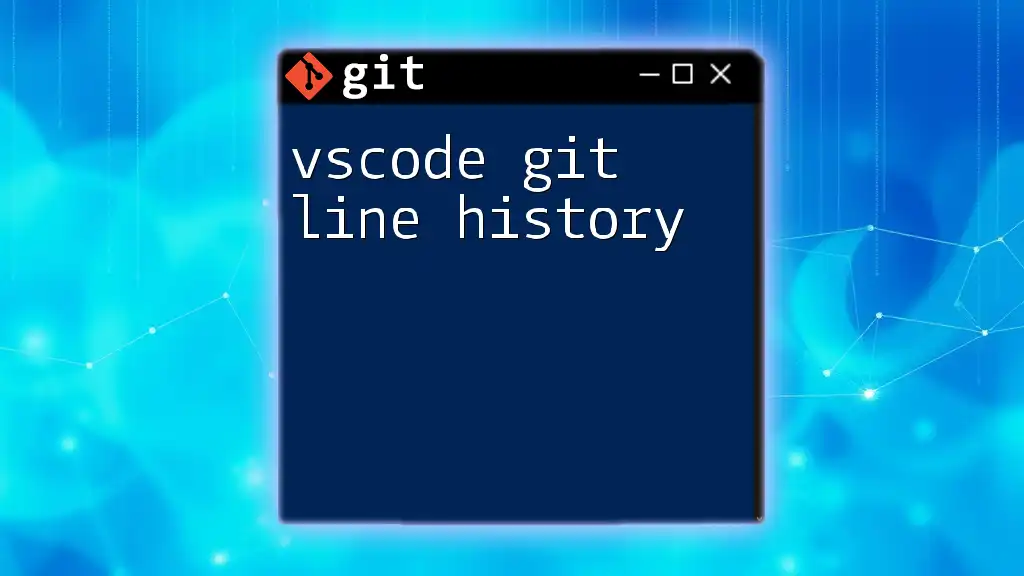
Error Handling in `git mv`
Common Errors and Solutions
While using `git mv`, you may encounter a few common errors that can hinder your workflow.
-
Error: "fatal: destination path '...' already exists". This error indicates that the destination filename or path is already occupied by another file. To resolve this, ensure that the name is unique or choose a different destination.
-
Error: "fatal: path '...' does not exist". This typically happens when the old filename specified cannot be found. Double-check your file name and path to ensure accuracy.
Debugging Tips
If you find yourself stuck, some troubleshooting strategies can help. Use the `git status` command to gain insights into your repository’s state and see what changes Git recognizes. Additionally, reading through any error messages carefully often provides direction on how to rectify the situation.

After Using `git mv`: Next Steps
After executing a `git mv` command and verifying the changes, the next logical step is to commit these changes. A concise commit message encapsulating the modifications is ideal for clarity:
git commit -m "Renamed and moved files"
Pushing Changes to Remote Repository
Once you’ve committed your changes locally, don’t forget to push them to your remote repository to ensure they’re backed up and shared with collaborators:
git push origin main
This step is essential for maintaining a synchronized state between your local repository and any remote versions.
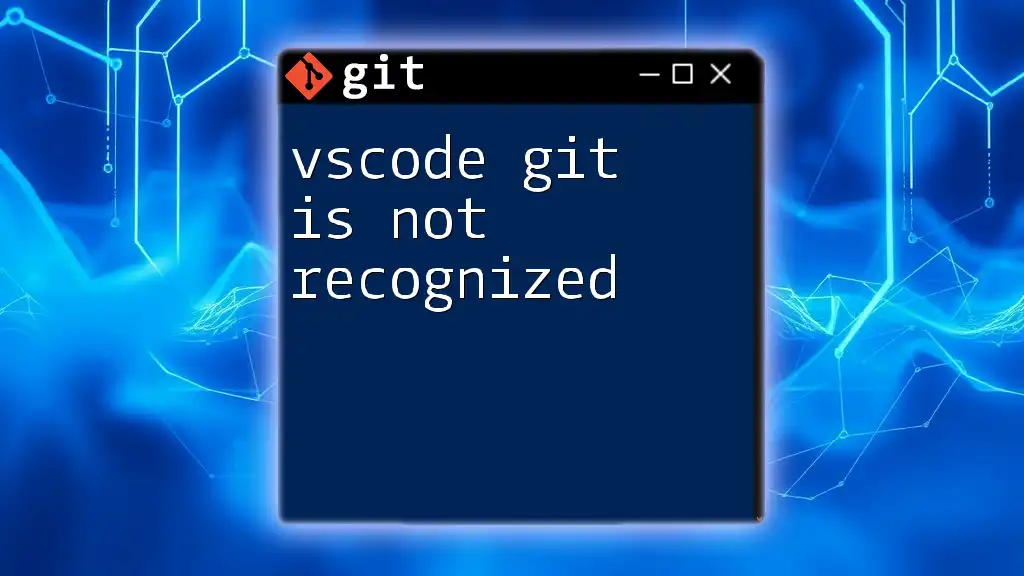
Conclusion
The `vscode git mv` command is a powerful tool for managing file movements and renaming in your projects. Mastering this command not only improves your workflow but also reinforces the importance of a structured version control system. By using `git mv`, you ensure that your project remains organized and that the history of your files is accurately tracked.
Further Learning Resources
For those seeking in-depth knowledge, referring to the official Git documentation can clarify many concepts. Additionally, there are various tutorials and courses available online that delve into advanced Git commands and practices.

Call to Action
Feel encouraged to experiment with `git mv` in your projects. The best way to learn is by doing, and practice will bolster your proficiency. Join our community for more insights, share experiences, and elevate your Git skills!

